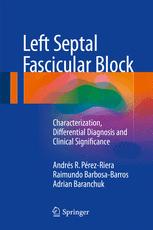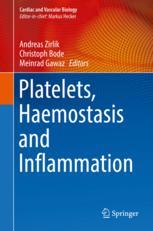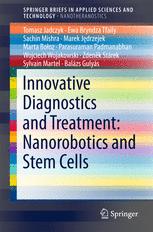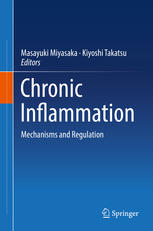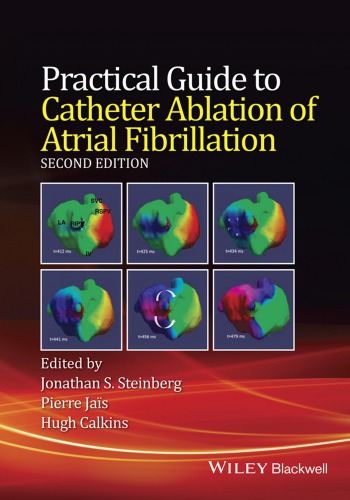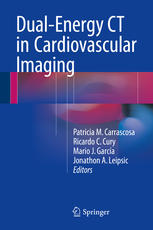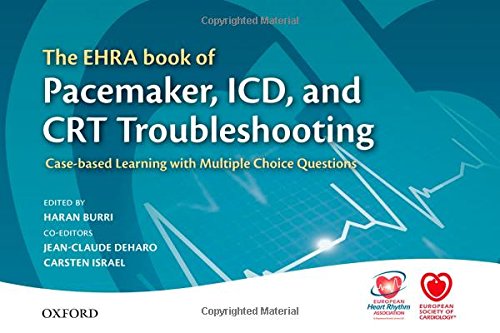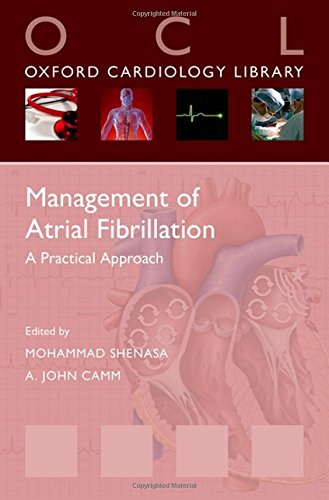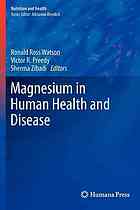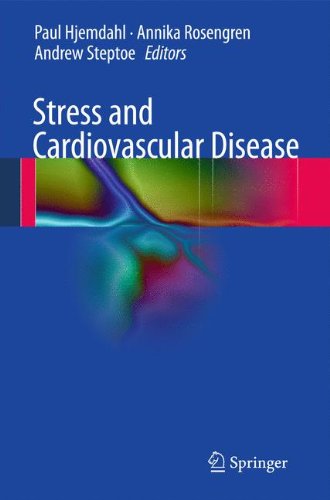بلوک سپتوم حرکتی چپ: خصوصیات، تشخیص افتراقی و اهمیت بالینی ۲۰۱۶
Left Septal Fascicular Block: Characterization, Differential Diagnosis and Clinical Significance 2016
دانلود کتاب بلوک سپتوم حرکتی چپ: خصوصیات، تشخیص افتراقی و اهمیت بالینی ۲۰۱۶ (Left Septal Fascicular Block: Characterization, Differential Diagnosis and Clinical Significance 2016) با لینک مستقیم و فرمت pdf (پی دی اف)
| نویسنده |
Adrian Baranchuk, Andrés R. Pérez-Riera, Raimundo Barbosa-Barros |
|---|
| تعداد صفحهها |
153 |
|---|---|
| نوع فایل |
|
| حجم |
13 Mb |
| سال انتشار |
2016 |
89,000 تومان
معرفی کتاب بلوک سپتوم حرکتی چپ: خصوصیات، تشخیص افتراقی و اهمیت بالینی ۲۰۱۶
این کتاب شواهد بالینی و الکتروکاردیوگرافی توده های سپتوم چپ را ارائه می کند و اهمیت بالینی این توده ها را در سناریوی بالینی سندرم کرونری حاد نشان می دهد.
در حال حاضر هیچ معیار استانداردی برای تشخیص نقایص رسانایی مربوط به فاسیکل سوم چپ، سپتوم یا فاسیکل میانی وجود ندارد و وجود چنین نقص هایی بحث برانگیز است. این کتاب اصطلاحات و تعاریف پذیرفته شده و ثابتی را برای تشخیص الکتروکاردیوگرافی بلوک سپتوم چپ ارائه می کند.
بلوک سپتال چپ: خصوصیات، تشخیص افتراقی و اهمیت بالینی کتابی بدیع و منحصر به فرد است که موضوع مهمی را در مورد الکتروفیزیولوژی قلب روشن می کند.
This book provides clinical and electrovectorcardiographic evidence of the existence of left septal fascicular blocks and demonstrates the clinical importance of these blocks in the clinical scenario of acute coronary syndrome.
There are currently no standard criteria for detecting conduction defects involving the third left fascicle, the septal or median fascicle, and the very existence of such defects is still a matter of controversy. This book provides acceptable and consistent terminology and definitions for the electrovectorcardiographic diagnosis of a left septal fascicular block.
Left Septal Fascicular Block: Characterization, Differential Diagnosis and Clinical Significance is an original and unique book that sheds light on an important topic of discussion in cardiac electrophysiology.

